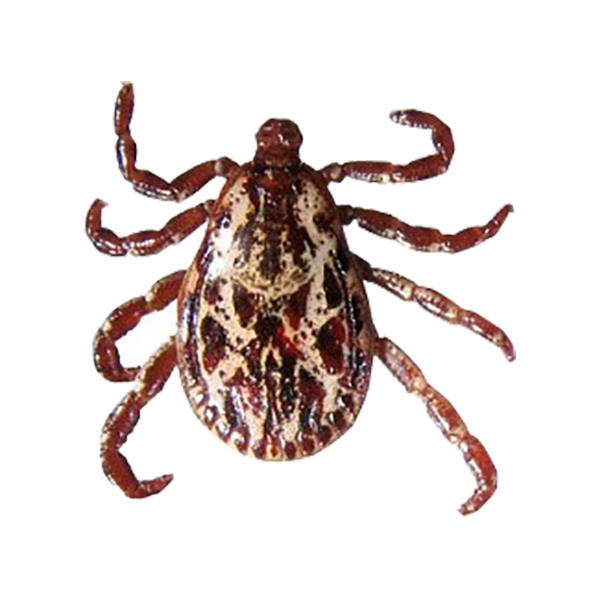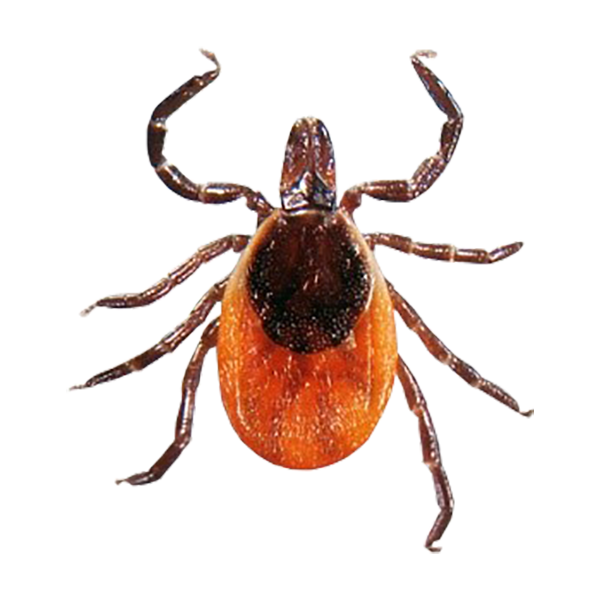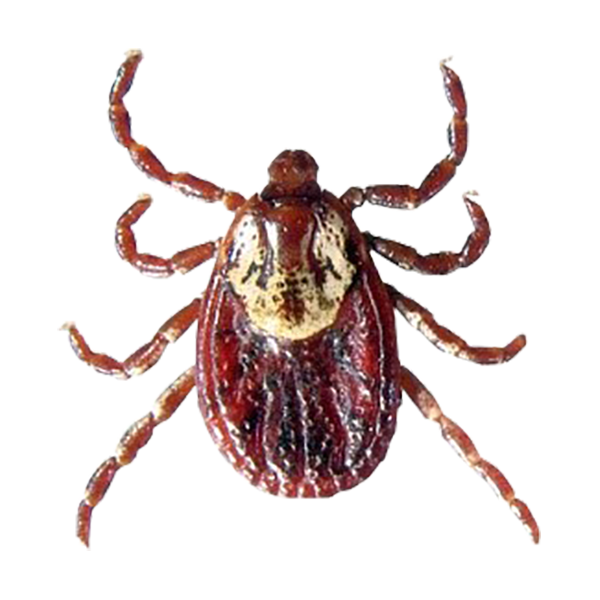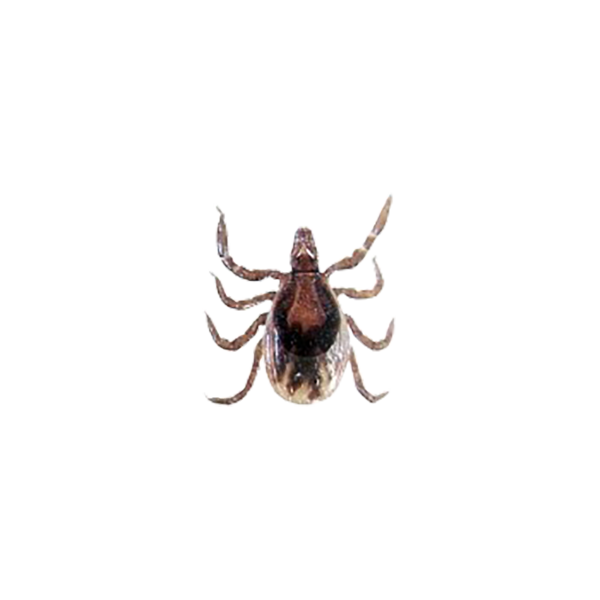
Mosquito Season Preparations Underway in Hennepin County – WCCO
March 5, 2020
MMCD and COVID-19: We Can Get Through This Together
April 21, 2020Warm Weather in Minnesota Means Ticks are Out
Spring temperatures mean that Minnesotans are out of their homes and enjoying the natural wonders that our state has to offer. The warmth also means that another creature is out - ticks. As soon as temperatures are consistently above freezing, adult ticks begin to emerge and seek hosts. Some tick bites can transmit pathogens that causes dangerous diseases for both humans and pets. Fortunately, there are a number of precautions that you can take to reduce your risk and be able to enjoy the months of warmth in our great state.
This week we are highlighting ticks at MMCD. In order to protect yourself, it is first important to know the types of ticks in our state and the potential risks they cause. Later this week we will offer several tips to reduce the risk of tick exposure for yourself, your pets, and your property. If you have any questions about ticks, reach out to our tick specialist Janet Jarnefeld at (651) 643-8384.
Types of Ticks in Minnesota
A variety of tick species have been found in Minnesota, but there are two that are far more common than any others - the American Dog Tick (commonly known as the "wood tick") and the black-legged tick (commonly known as the "deer tick"). These two have slightly different habitats and the adults look differently. Here is a handy guide on similarities and differences between the two species:

Brian, a Field Operations Supervisor in Rosemount, found our first deer tick of the spring on March 7th, 2020.
Deer Tick |
Wood Tick |
|
|---|---|---|
| Adult Male (Click image to enlarge) |
 |
 |
| Adult Female (Click image to enlarge) |
 |
 |
| Scientific Name | Ixodes scapularis | Dermacentor variabilis |
| Description and Features | Deer tick males are mostly black or dark brown. Adult females are slightly larger than males with a reddish-orange coloration on the lower half and black on top. Both sexes have black legs. | Wood tick males have a pale brown to gray base color with creamy-yellow, lightning pattern. Adult females have a dark brown body with a cream color U-shaped pattern near the mouthparts with dark brown markings. |
| Habitat | Wooded areas, low-lying vegetation, woodlots near property | Tall grasses, weedy roadsides, edges of paths, wooded hiking trails. |
| Hosts | Larvae prefer small mammals and birds. Nymphs will feed on small, medium, and large animals including humans. Adult deer ticks prefer large mammals, especially deer. | Larvae and nymphs prefer small to medium sized mammals like rodents, rabbits, cats, and dogs. Adults prefer dogs and large mammals like cattle, horses, and humans. |
| Disease Pathogens | Deer ticks transmit the pathogens that cause Lyme disease, which is the most common tick-borne illness in the United States. Other diseases include ehrlichiosis and human anaplasmosis. | Disease transmission in Minnesota is rare, but wood ticks could transmit pathogens that lead to Rocky Mountain spotted fever and tularemia. |
| Prevalence | Common throughout the seven county metro area especially the north and east metro. Read MMCD's latest Lyme tick distribution study. | Very common throughout the seven county metro area. |
Unusual Ticks You May Encounter
One rare species that you may encounter in Minnesota is the Lone Star Tick. This unusual species is identifiable by its brown color and single white dot in the middle of its back. Lone Star Ticks transmit pathogens that can cause human diseases such as ehrlichiosis, tularemia, Heartland and Bourbon virus diseases, and Southern tick-associated rash illness (STARI). When a Lone Star Tick bites a human host it may transmit a sugar molecule called alpha-gal into the body which produces an immune response in the body that can cause a mild to severe allergic reaction when someone eats red meat.
If you find an unusual tick, we want to know! MMCD offers a free Tick ID service - mail your tick to us and we will identify it and let you know. Here's how to do it:

The Lone Star Tick, which is rare in Minnesota.
MMCD Free Tick Identification Service Instructions:
- Step 1
- Ensure the tick is killed prior to mailing — store tick in rubbing alcohol for approximately one day to make sure it’s dead.
- Step 2
- Wrap the tick in some tissue or paper toweling and lightly soak the package in water or rubbing alcohol. We want the tick to arrive slightly damp.
- Step 3
- Place your package in a re-sealable plastic bag such as a sandwich bag.
- Step 4
- Enclose your name, address, and a daytime phone number.
- Step 5
- Place in a padded envelope and mail it to: MMCD, Attn: Tick Lab, 2099 University Ave. W, St. Paul, MN 55104
If your tick has potentially fed (contains blood) call 651-643-8384 for further instruction or place it into a hard container such as a film container or pill bottle before continuing to follow these directions.
The Tick Life Cycle
Ticks have four stages in their life cycle: egg, the 6-legged larva, and 8-legged nymph and adult (male or female). Most ticks have a 3-host life cycle meaning at each stage of development they feed on a separate animal host. Here is an example of the life cycle stages for a blacklegged tick:

Eggs

Larva

Nymph

Adult (Female)
Ticks by Season in Minnesota
Not all species of ticks follow the exact same patterns, but here is a helpful guide to when you need to be the most cautious about ticks:
If you have any questions about ticks, do not hesitate to reach out to MMCD tick specialist Janet Jarnefeld at (651) 643-8384.




